Horse Chestnut Propagation Methods: How To Propagate Horse Chestnut Trees
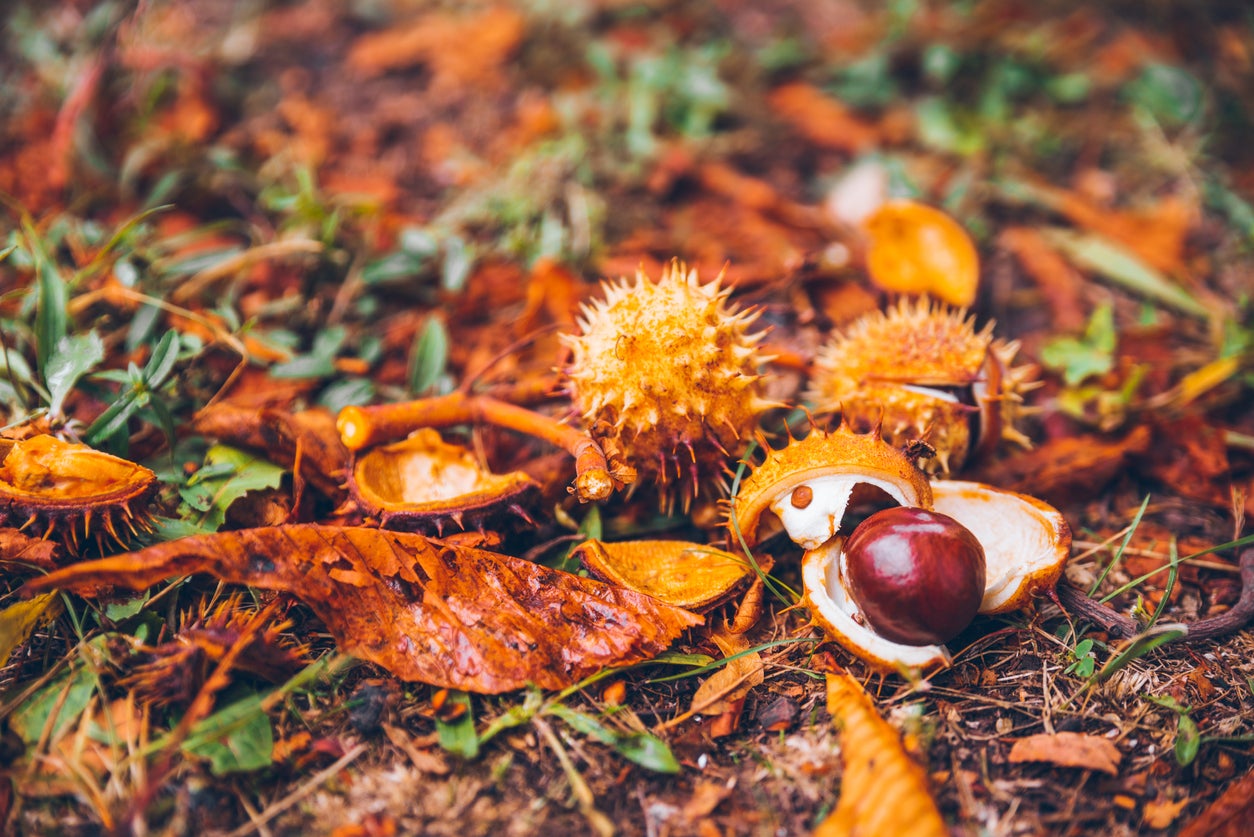

Horse chestnut trees are large ornamental trees that thrive in home landscapes. In addition to providing ample amounts of shade, horse chestnut trees produce beautiful and fragrant blooms each spring which range in color. While it may be common to find these trees available at some garden centers and plant nurseries, those who wish to grow them may find the process of propagating their own to be a fun experience. Luckily, there are a couple ways homeowners can begin propagating horse chestnuts.
How to Propagate Horse Chestnut Trees
In general, horse chestnut propagation is not the simplest task. However, it can be accomplished. The process of propagating horse chestnuts can be done by seed (through conkers) or you can choose to propagate horse chestnut trees through cuttings.
Propagating Horse Chestnut Conkers
To begin the process of growing new horse chestnuts by seed, growers need to collect the conkers. To collect the seeds, it is best to wait until they have naturally fallen from the tree. This will help ensure that the seeds are fully mature and viable. Always choose seeds that show no cracks, holes, or other signs of insect damage.
Like many tree seeds, horse chestnut propagation requires both time and patience. When handling horse chestnut seeds, always make certain to wear gloves and limit exposure, as the seed contains several toxins that may irritate skin.
Remove the seed from the outer spiny husk and place into a vented plastic bag filled with moist peat moss. The bag will require at least a three month period of cold stratification. This stratification can occur by placing the bag into an old refrigerator. Label the bag clearly with its contents and the date. Make certain to keep the bag out of reach of children, pets, or anyone else who may disturb it.
Remove the horse chestnuts from the cold treatment, and plant them indoors in deep containers with excellent drainage, as horse chestnuts are prone to rot when conditions are too wet. Plant the conkers at least two times as deep as their height. Place the newly potted seeds in a warm and sunny window.
Growing New Horse Chestnuts with Cuttings
Propagating horse chestnuts can also be achieved through softwood and hardwood cuttings. Cuttings of horse chestnut can be taken in spring, for softwood, or during fall for hardwood cuttings.
Gardening tips, videos, info and more delivered right to your inbox!
Sign up for the Gardening Know How newsletter today and receive a free copy of our e-book "How to Grow Delicious Tomatoes".
These cuttings should be 4-6 inches (10-15 cm.) long and placed into well-draining soil media. You may dip the cut ends in rooting hormone for better results. Place softwood cuttings out of direct sun and keep the soil consistently moist but not too wet. Hardwood cuttings will need to be kept in a location that won’t freeze over winter, like the garage or even a greenhouse, until spring planting. You can also place them in the refrigerator. These, too, must be kept moist.
Allow the seedlings or cuttings to become established, and plant out into the garden as soon as all chance of frost has passed in the spring. Make certain to harden off the seedlings before transplanting to ensure the greatest chance of success.

Tonya Barnett has been gardening for 13 years. Flowers are her passion. She has transformed her backyard into a cut flower garden, which she regularly chronicles on her YouTube channel http://www.youtube.com/@tonyawiththeflowers.
-
 Zinnias On Repeat: 10 Glorious Cut-And-Come-Again Varieties For Endless Summer Bouquets
Zinnias On Repeat: 10 Glorious Cut-And-Come-Again Varieties For Endless Summer BouquetsThese zinnia varieties keep giving all summer, making them the perfect choice for dedicated cutting gardens – or just the occasional homegrown bouquet.
By Ellen Wells
-
 Create A Romantic Garden Straight Out Of Bridgerton: Regency Era Romance In Your Garden
Create A Romantic Garden Straight Out Of Bridgerton: Regency Era Romance In Your GardenTry some romantic garden ideas straight out of Bridgerton. Flowers and gardens in the Regency era were lush and charming and you can get the same look!
By Bonnie L. Grant
-
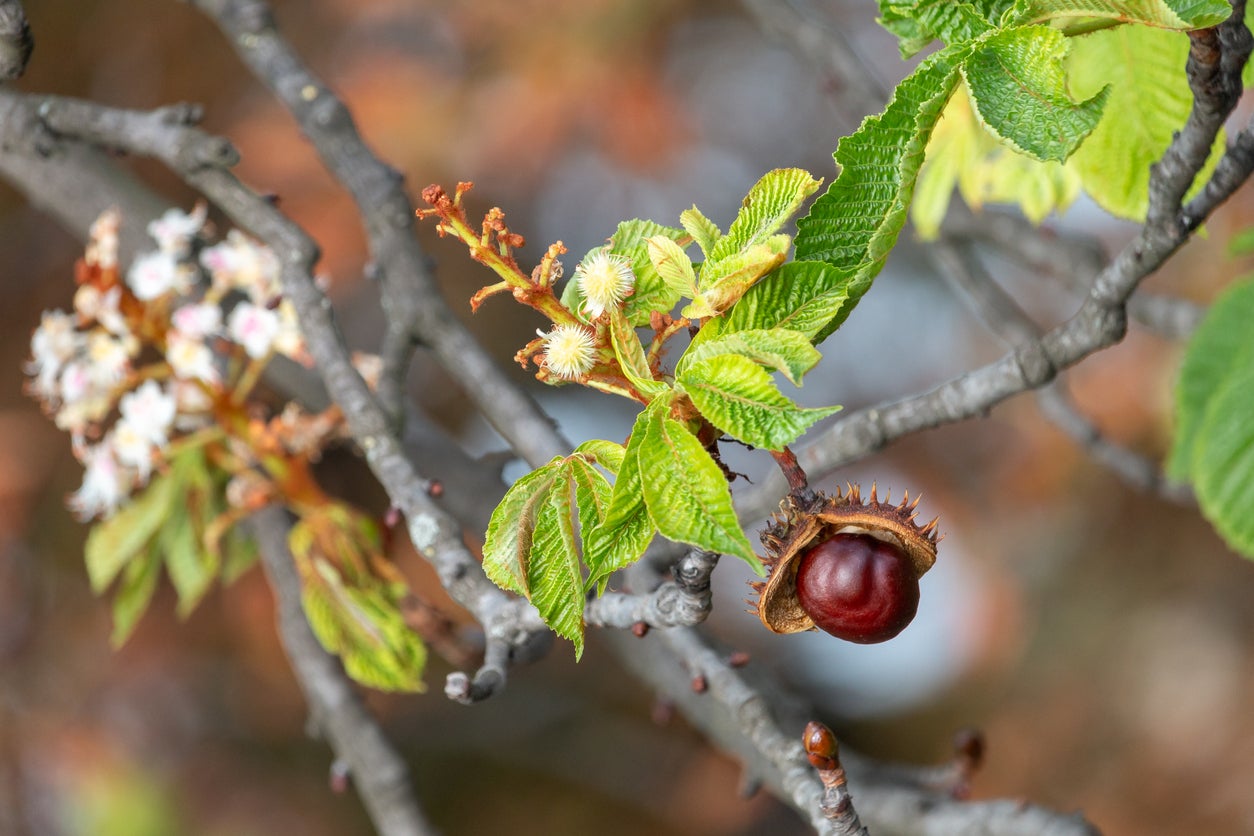 Horse Chestnut Pruning: Should You Cut Back Horse Chestnut Branches
Horse Chestnut Pruning: Should You Cut Back Horse Chestnut BranchesWhat does it take to keep a horse chestnut tree healthy? Do you need to cut back a horse chestnut? The following information on horse chestnut pruning discusses the pros and cons of pruning horse chestnut trees and how to prune them. Click here to learn more.
By Amy Grant
-
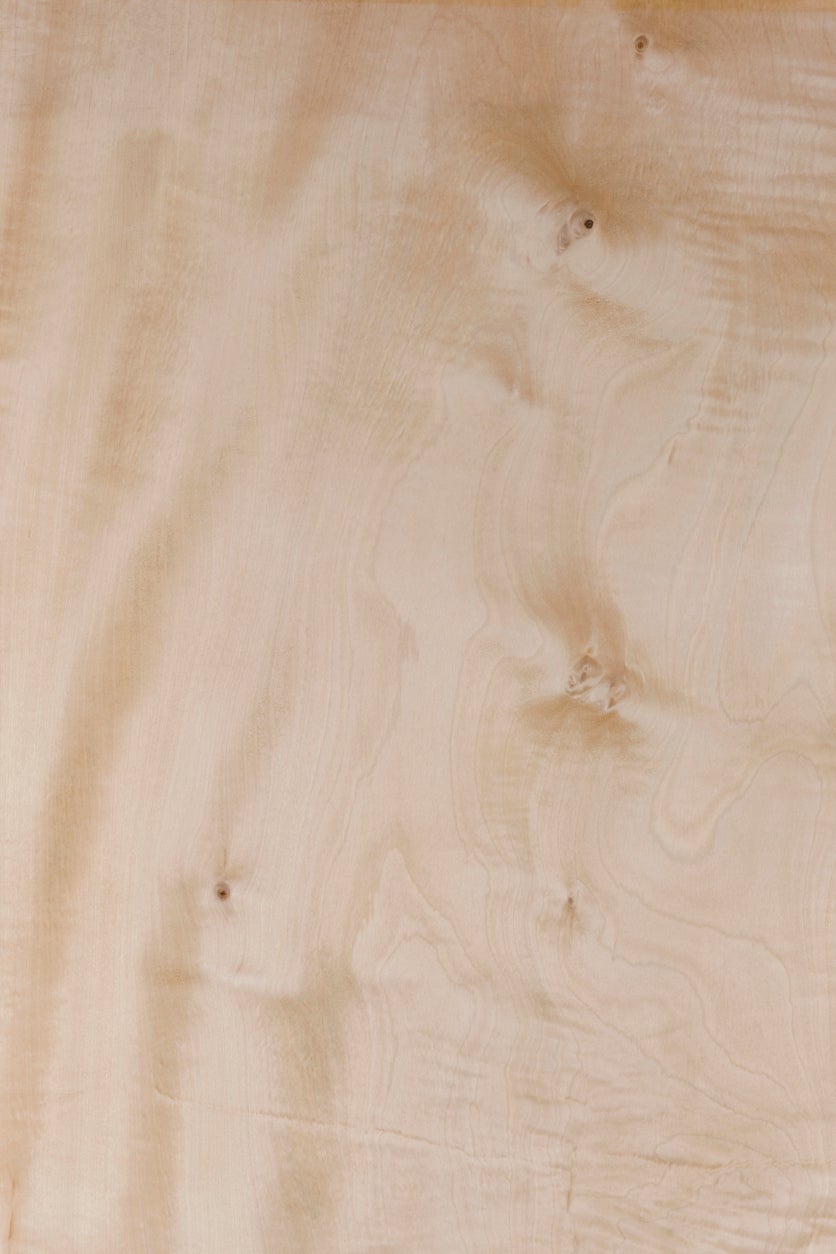 Uses For Horse Chestnut Wood – Building With Horse Chestnut Trees
Uses For Horse Chestnut Wood – Building With Horse Chestnut TreesBuilding with horse chestnut isn’t common because it is a weaker wood compared to others, and doesn’t resist rot well. But, with its creamy color and other desirable characteristics, there are some uses for horse chestnut in woodworking and turning. Learn more here.
By Mary Ellen Ellis
-
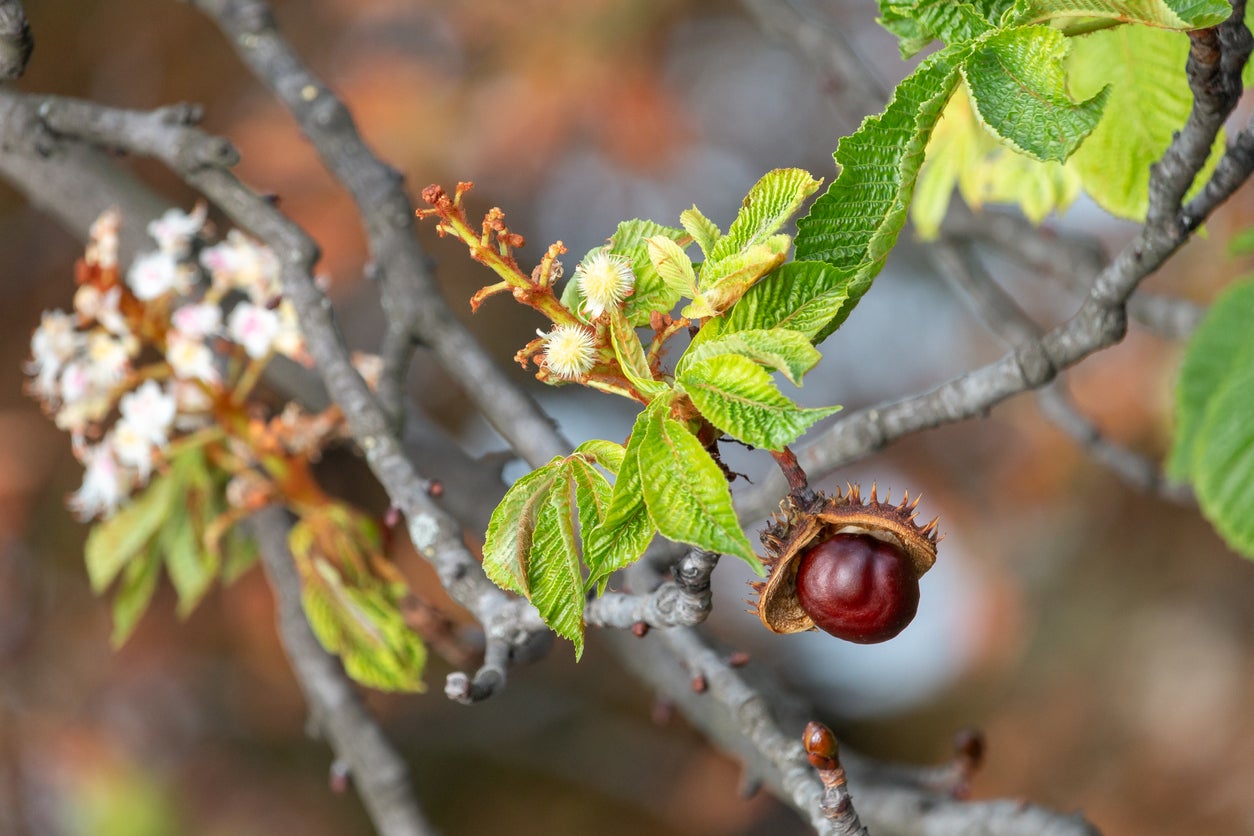 Horse Chestnut Varieties – Are Buckeyes And Horse Chestnuts The Same
Horse Chestnut Varieties – Are Buckeyes And Horse Chestnuts The SameOhio buckeyes and horse chestnuts are closely related but they aren’t the same. Wondering how to tell the difference between buckeyes and horse chestnuts? Learn the distinguishing characteristics of each and more about other Aesculus varieties in this article.
By Mary H. Dyer
-
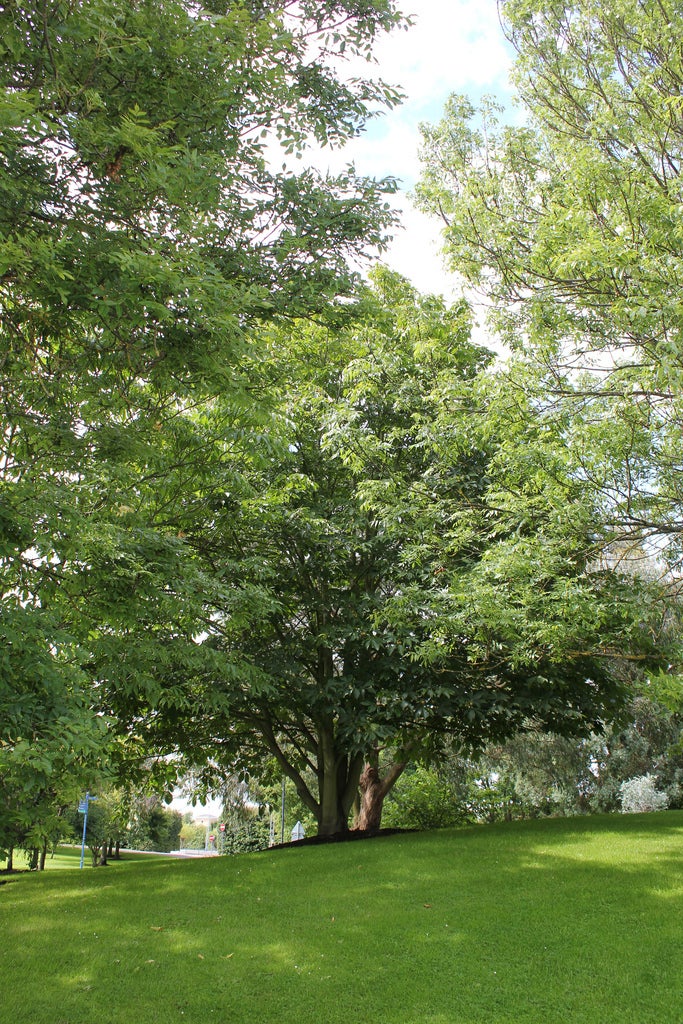 Japanese Horse Chestnut Info: Tips For Growing Japanese Chestnut Trees
Japanese Horse Chestnut Info: Tips For Growing Japanese Chestnut TreesIf you’re looking for a truly spectacular shade tree, look no further than the Turbinata chestnut, also known as the Japanese horse chestnut, tree. Want to learn more? Click on the following article for Japanese horse chestnut info and care for this impressive tree.
By Amy Grant
-
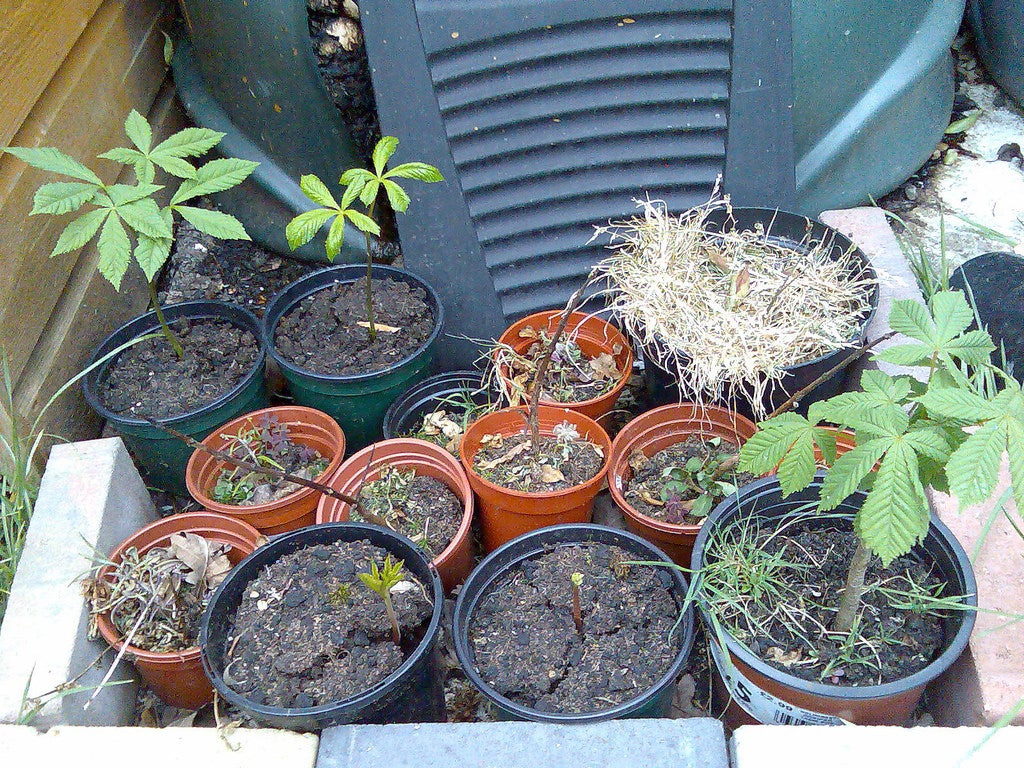 Potted Horse Chestnut Care – Can Horse Chestnut Trees In Containers Survive
Potted Horse Chestnut Care – Can Horse Chestnut Trees In Containers SurviveThe prolific fruit litter from horse chestnuts results in hundreds of intriguing nuts that can be container grown into trees. However, a potted horse chestnut is a short-term solution. Learn more about growing horse chestnuts in containers here.
By Bonnie L. Grant
-
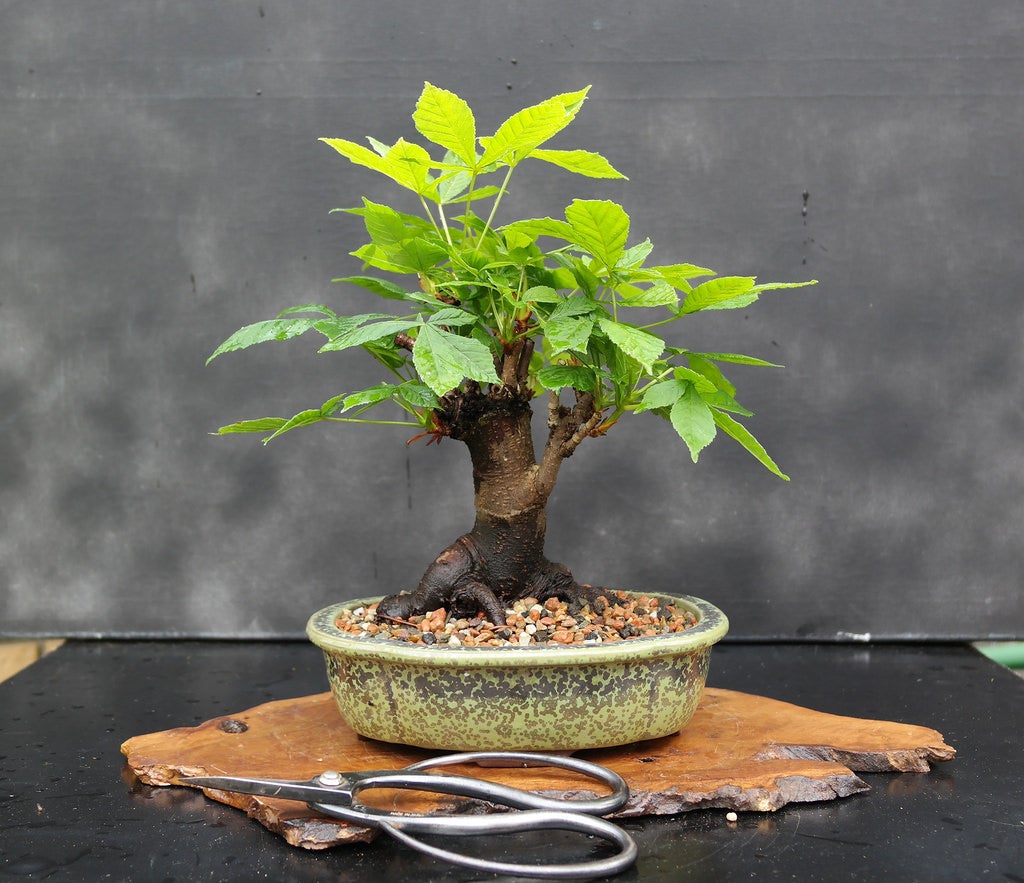 Horse Chestnut Bonsai Plants – Can You Grow A Horse Chestnut Bonsai Tree
Horse Chestnut Bonsai Plants – Can You Grow A Horse Chestnut Bonsai TreeNewcomers to the art of bonsai might have some trepidation about using an expensive specimen for their first attempt. Many native trees can become beautiful bonsai for little cost. Take the horse chestnut, for example. Find out how to grow a horse chestnut bonsai here.
By Amy Grant
-
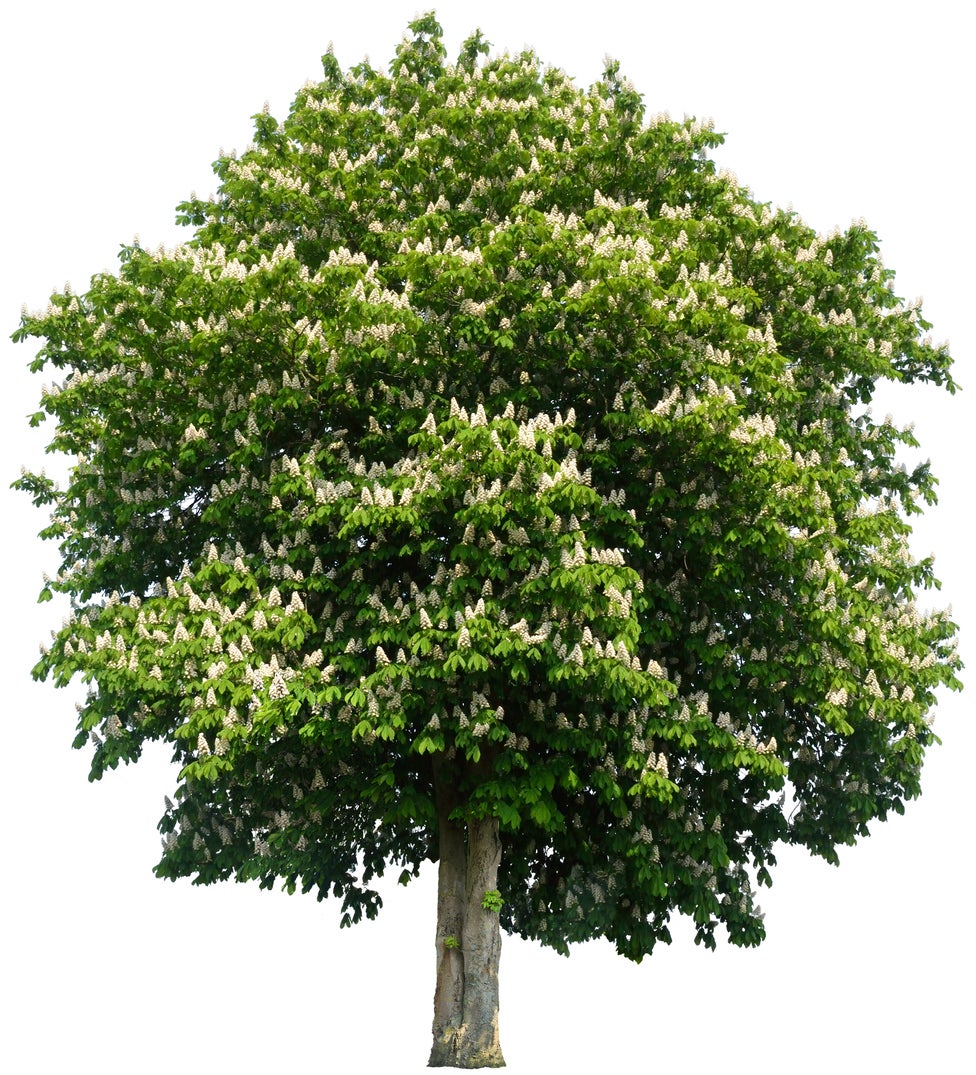 Baumann Horse Chestnut Trees – Care Of Baumann Horse Chestnuts
Baumann Horse Chestnut Trees – Care Of Baumann Horse ChestnutsThe Baumann horse chestnut is an interesting combination of both an attractive flowering tree and one that provides pleasant shade in the summer. Want to see if this tree is a good fit in your landscape? Click here for additional information.
By Tonya Barnett
-
 Are Horse Chestnuts Edible: Learn About Toxic Horse Chestnuts
Are Horse Chestnuts Edible: Learn About Toxic Horse ChestnutsWhen you hear the song about chestnuts roasting on an open fire, don’t mistake these nuts for horse chestnuts. Horse chestnuts are a very different nut. Are horse chestnuts edible? They are not and should not be consumed by people, horses, or other livestock. Learn more here.
By Teo Spengler